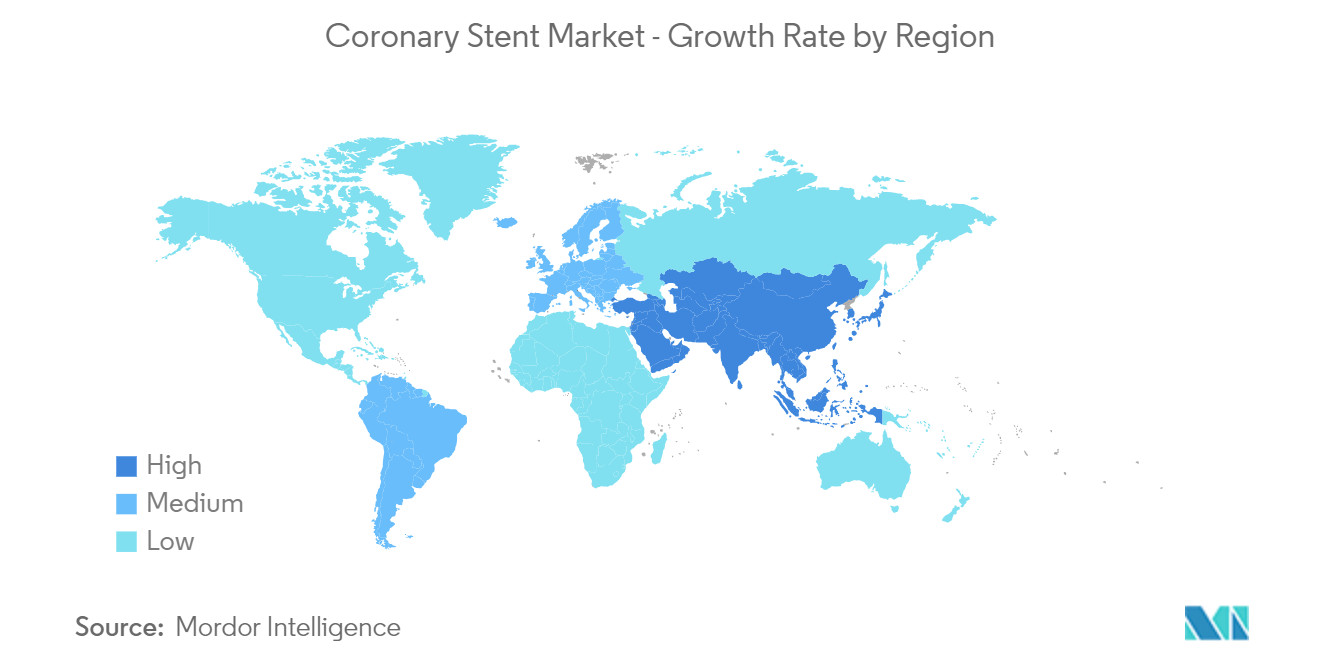Market Trends of Coronary Stent Industry
Drug Eluting Stents (DES): Leading the Coronary Intervention Revolution Segment
Drug-eluting stents (DES) have solidified their position as a key player in coronary interventions, representing approximately 67% of the global coronary stent market. DES integrates structural support with the controlled release of medications to address restenosis. This innovative approach has become indispensable in modern cardiovascular care, resulting in fewer repeat procedures and enhanced patient outcomes.
Growth Drivers and Future Outlook: The growth of the DES segment is propelled by the increasing prevalence of coronary artery diseases, particularly among the elderly population. Advancements in drug-eluting stent technology and stent materials have significantly improved their safety and efficacy. Moreover, the ongoing shift towards minimally invasive procedures over open-heart surgeries is further driving the demand for DES. With research focusing on improving stent biocompatibility and reducing long-term complications, DES is expected to maintain its market dominance.
Competitive Landscape and Disruptions: In the highly competitive DES market, manufacturers are focusing on innovation. Thin-strut stents, biocompatible polymers, and novel drug combinations are some of the key areas driving competition. A potential disruptor to watch is the rise of bioresorbable stents, which could eventually challenge DES if they deliver comparable results. Companies must stay agile, investing in continuous innovation while preparing for shifts in treatment approaches.

Asia-Pacific: Epicenter of Coronary Stent Market Growth Regional Dynamics:
The Asia-Pacific coronary stent market is poised for rapid growth, with projections of a 9-10% compound annual growth rate (CAGR). This expansion is driven by a confluence of factors including a growing and aging population, rising incidence of cardiovascular diseases, and improvements in healthcare infrastructure.
Catalysts for Expansion: The rising incidence of lifestyle-related risk factors such as obesity, diabetes, and hypertension is contributing to the growth of the coronary stent market in the Asia-Pacific region. Additionally, increased awareness of the early detection and treatment of coronary artery diseases is driving demand for percutaneous coronary interventions (PCI). Government initiatives aimed at improving healthcare access, particularly in China and India, are also playing a vital role. The growth of medical tourism in countries like Thailand and Singapore further boosts the region’s coronary stent market.
Strategic Imperatives and Future Challenges: To tap into the burgeoning Asia-Pacific coronary stent market, manufacturers are increasingly localizing their production and research activities. Collaboration with local healthcare providers and universities is also key to understanding regional needs and driving innovation. However, challenges such as government-imposed pricing regulations and competition from local manufacturers require companies to remain flexible and responsive to market dynamics.


